We needed to buy some stuff. Actually, needed to buy a LOT of stuff. Some stuff, like tools, or cruising guides, or clothes, or electronics, we can just buy online. For other things, though, it helps to actually be able to touch and see and sit on. Since we were living in landlocked Texas, West Marine was not down the street. We decided to go to a Boat Show! Off to Miami we went! There were other options. Like Seattle. But because it was February, and cold, we decided on Miami. Because MIAMI! I’m sure every boat show has its own “vibe” and with time, we’ll probably figure that out.
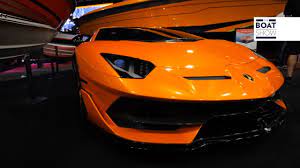
The Miami vibe was MIAMI! Powerboats! Powerboats with big outboards! Powerboats with four big outboards! Powerboats with four big outboards and a matching Lamborghini! Not kidding. Perhaps NOT the best boat show for a couple of new sailors on a budget. The show is huge. It’s spread over 3 marinas and the convention center out on Miami Beach. There are shuttle buses and water taxis. Huge. We skipped the Super Yacht Haven. We did walk through the power boat marina to get to some of the exhibits. Hundred foot motor yachts with helipads and hot tubs anyone? And these AREN’T Super Yachts? SMH.
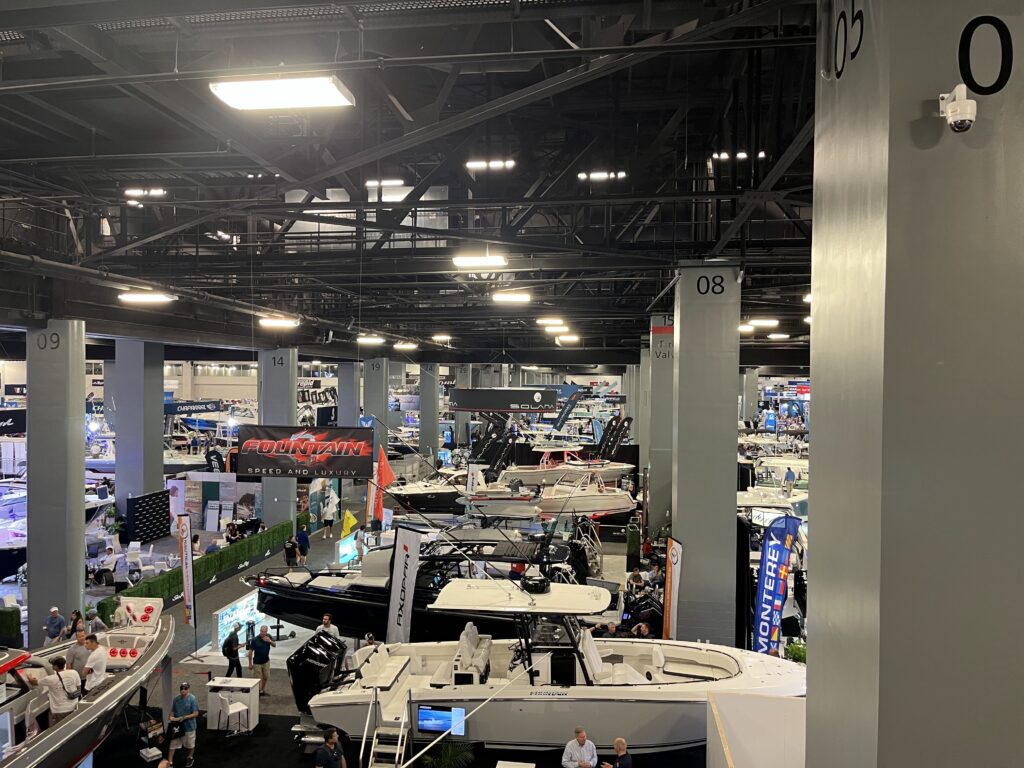
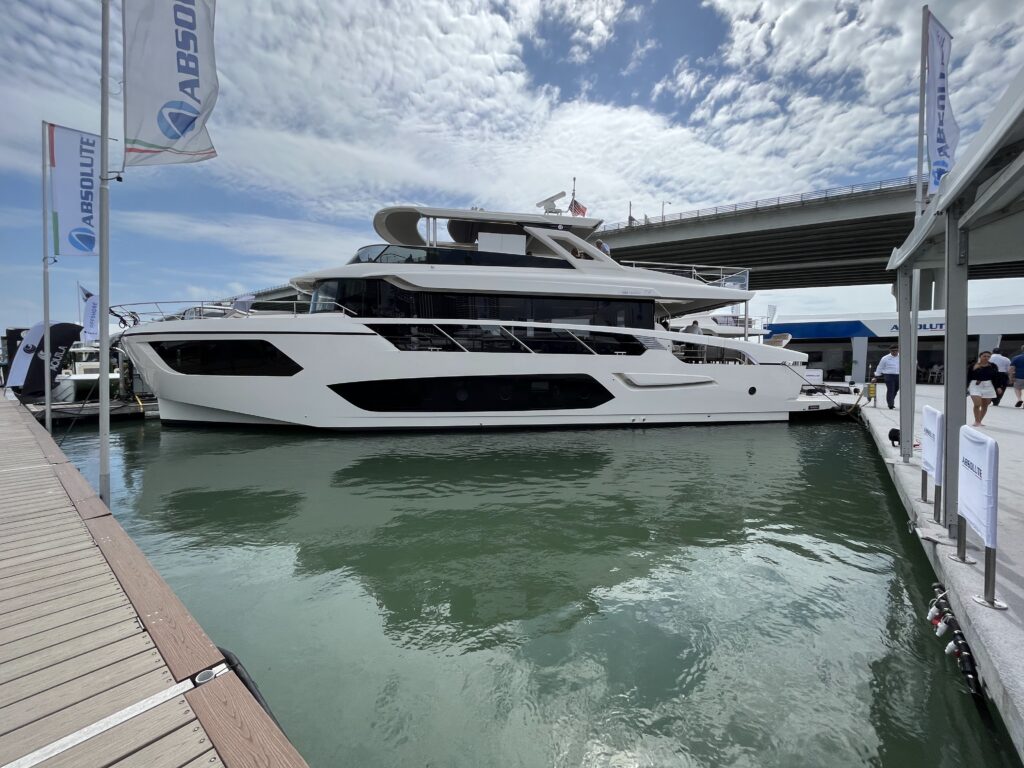
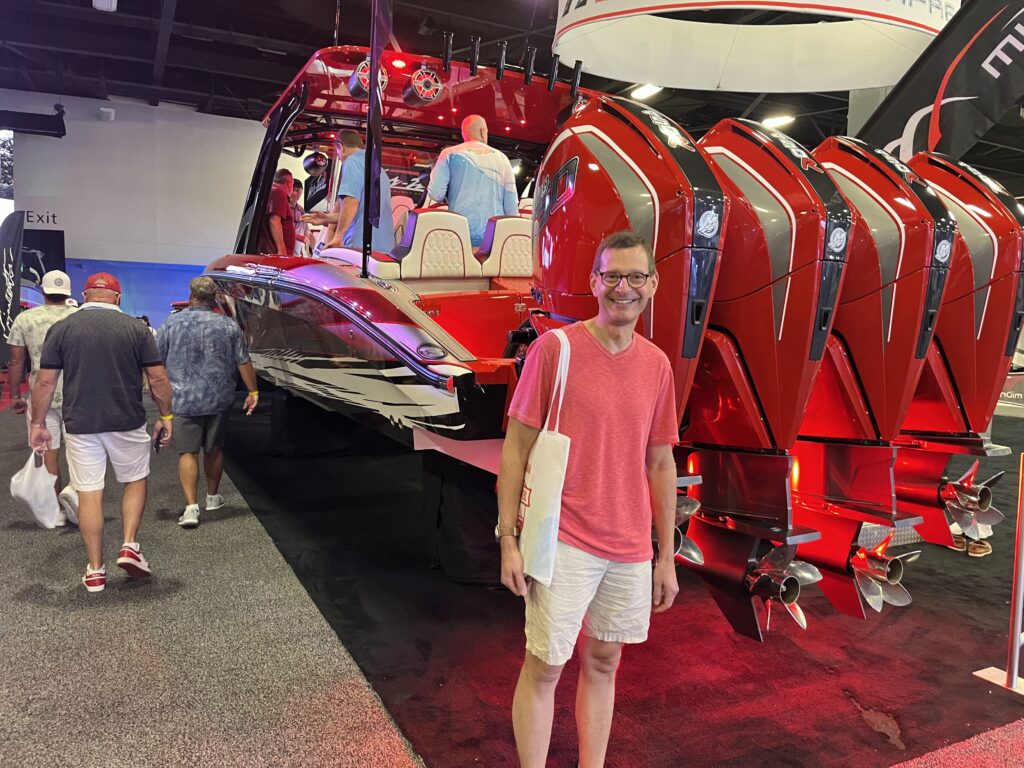
We had a fairly limited list: we needed a dinghy, an outboard, a life raft, and a watermaker. Off we went to the exhibit hall.

We had decided on a RHIB for our dinghy. That would be “rigid-hulled inflatable boat”. We had looked at all sorts of dinghies online: roll-up inflatables, collapsible tenders, fiberglass tenders, the Portland Pudgy (no, thanks-I mean, that name!). We settled on a RHIB. Although not thrilled about filling up the foredeck on passage with a RHIB, it seemed the most versatile option. The RHIB section at the Miami Boat Show was, of course, huge. However, it was made more manageable by our need for a boat with Hypalon tubes, rather than PVC. PVC doesn’t last in the tropics. Since some of the manufacturers only make PVC boats, those we could ignore. We quickly discovered that, perhaps unsurprisingly, all the brands were about the same price. In addition, all the boats were pretty similar: Hypalon tubes, aluminum floors, a double floor to keep one’s feet dry, tow and lift points, etc. We ended up going with a ZAR 10-foot RHIB. It had all the usual features plus the tow and lift points were welded to the hull rather than bolted on. Also, the dealer, Inflatable Boat Pro, is a family business with great service and follow-up. And they were willing to store the boat until we arrived on Meraviglia in the summer AND deliver it to us in Georgia. Sweet!
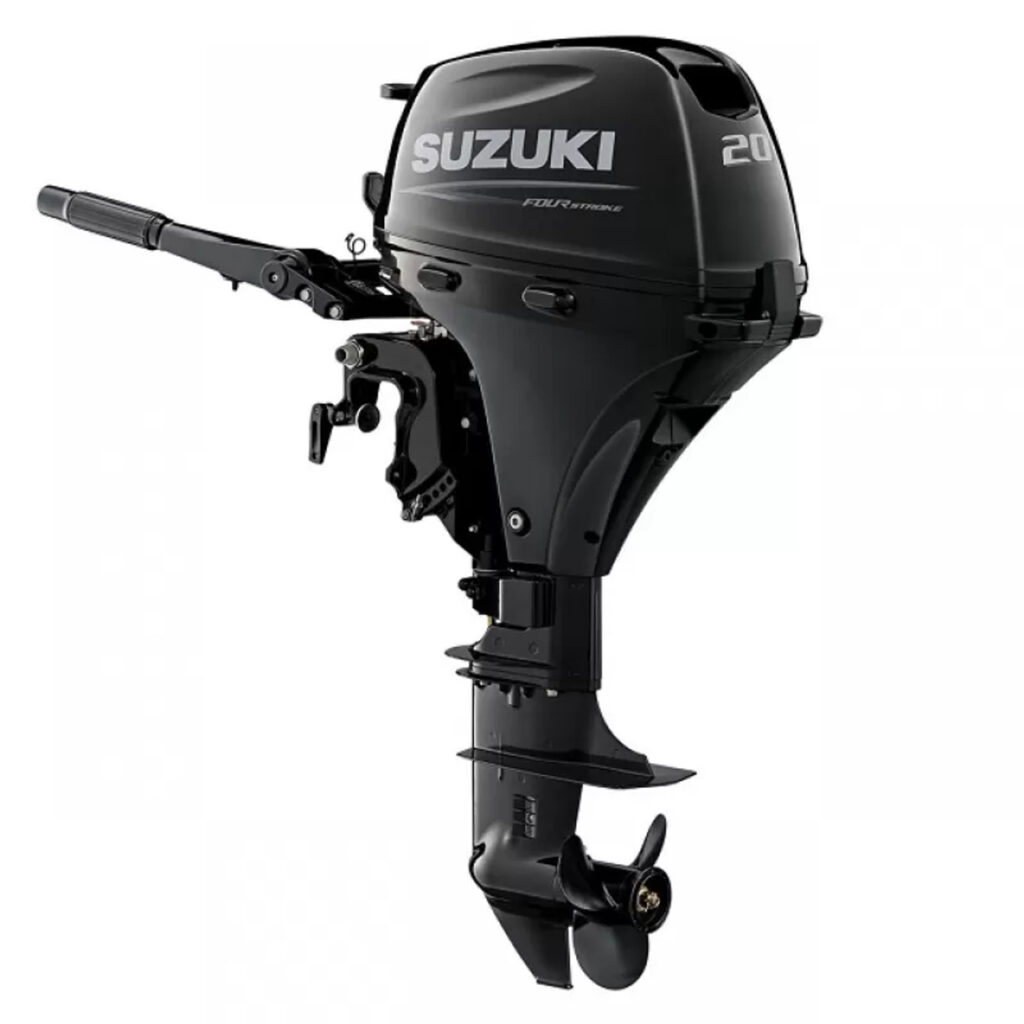
On to an outboard for it. We soon discovered some interesting facts about those. The first was that, probably because it was MIAMI!, electric outboards were THE THING. And they’re cool, no doubt. They are also a lot lighter than a gas-powered unit. However, they don’t have nearly the range and will struggle to get a boat up on plane. Since our dinghy would essentially be our “car”, we decided to stick with a gas outboard. We looked at all the major brands: Johnson, Mercury, Suzuki, Tohatsu. They are all similar and all offer the same horsepower choices. And they’re all about the same price-shocker! Interestingly, we discovered that 10 hp, 15 hp, and 20 hp outboards are IDENTICAL! Yep. The same. Same size, same weight, same parts except for the carburetor and the prop. Oh, and the price, of course. But there really isn’t THAT big a difference on that. We decided to get the 20 hp Suzuki. What the heck, let’s go fast!
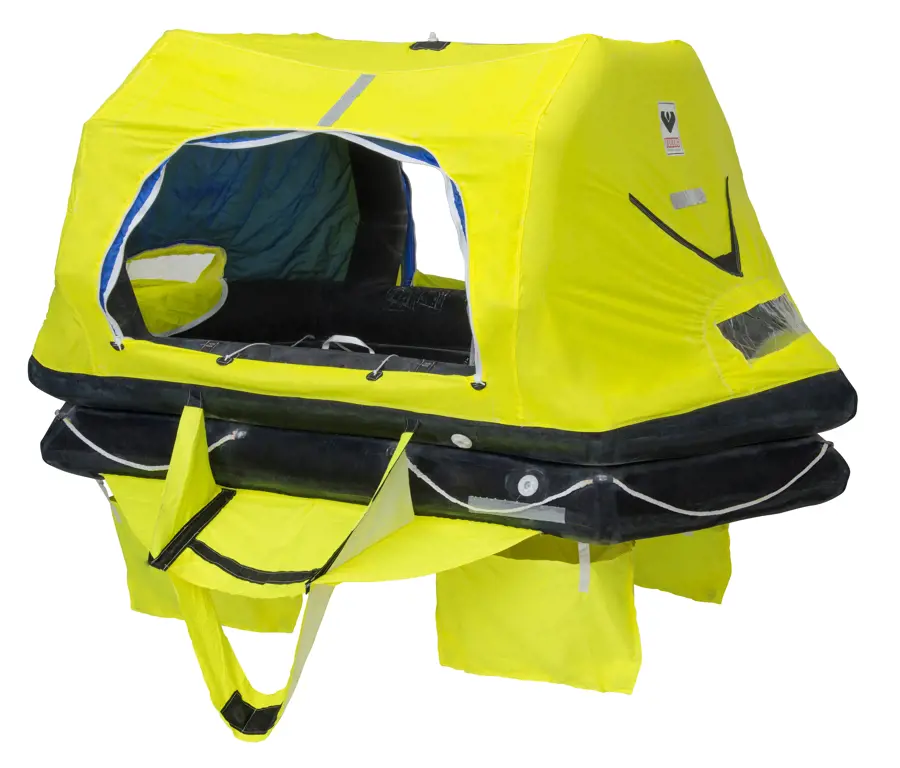
Life raft! I think this is sort of like why people often don’t have a will-it’s something they prefer not to think about. “So, Bob and Kim, if your boat sinks in the middle of the ocean, what are you going to do, exactly?” We decided to think about that. A life raft seems wise. There was a half dozen life raft companies at the show. All of them are similar. We had to choose between a “valise” unit (basically a raft in a duffel bag stowed below deck), a deck-mounted unit, and a rail-mounted unit. Life rafts are HEAVY! Not only is it an inflatable boat, but it also contains emergency supplies, including food and water. We ruled out a valise unit-we weren’t comfortable having to haul a raft from some locker up the companionway and onto deck in an emergency. We also ruled out a deck-mounted unit, not wanting to have to leave the cockpit in an emergency to go forward. So rail mounted it was. We decided to go with a Viking raft, mostly because of their extensive network of service stations-rafts have to be tested and recertified every 3 years and who knows where we would be (hopefully NOT in a life raft!)?
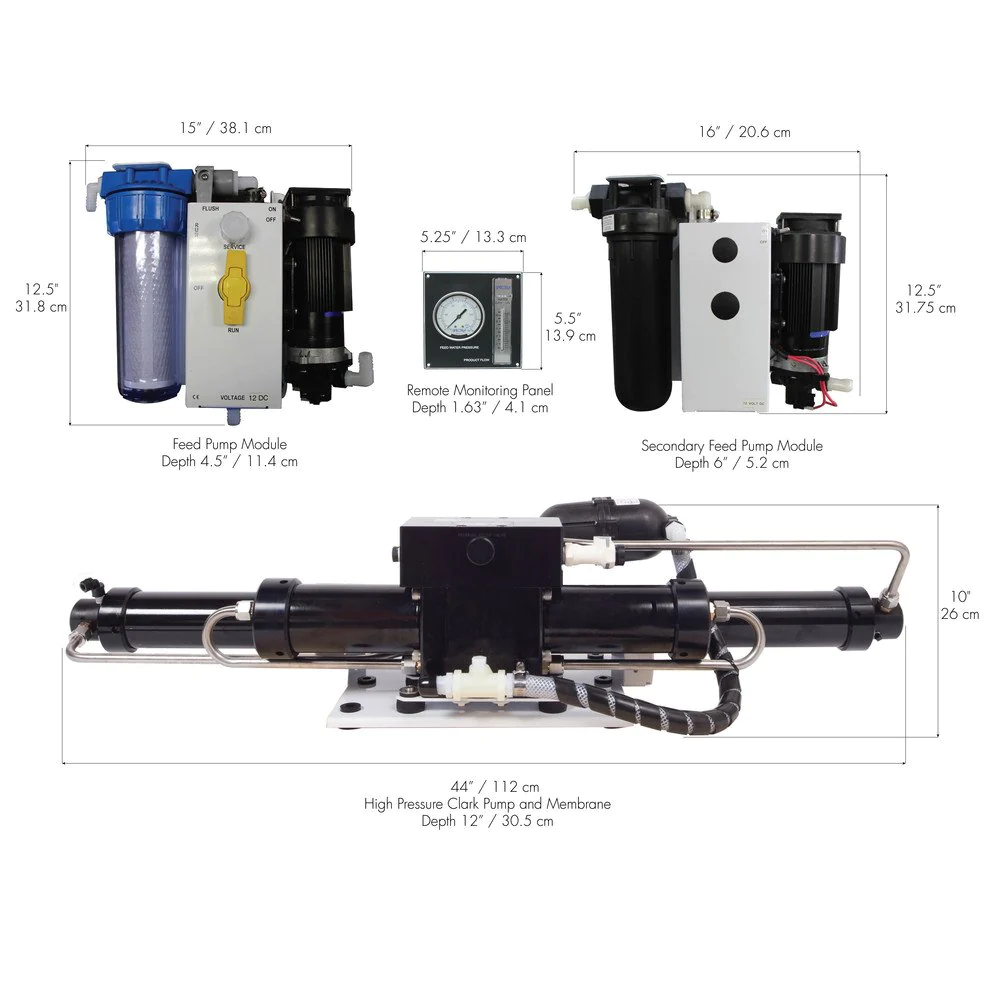
Last, the watermaker. We quickly ruled out the manufacturers catering to the Motor Yacht market. No, we don’t have a generator to dump endless energy into a watermaker. We needed a unit that was extremely energy efficient and easy to maintain. We had a great conversation with J.T. at Halden Marine Services and ended up going with a Spectra Cape Horn Extreme watermaker. It’s extremely easy on power usage, runs on DC power (no generator for us, remember?) and has dual pumps, so even if one pump breaks, we can still make water. Cheap? Of course not.
Dinghy, outboard, life raft, watermaker. Check.
Done! Back to Texas with lighter wallets. That Lamborghini though…
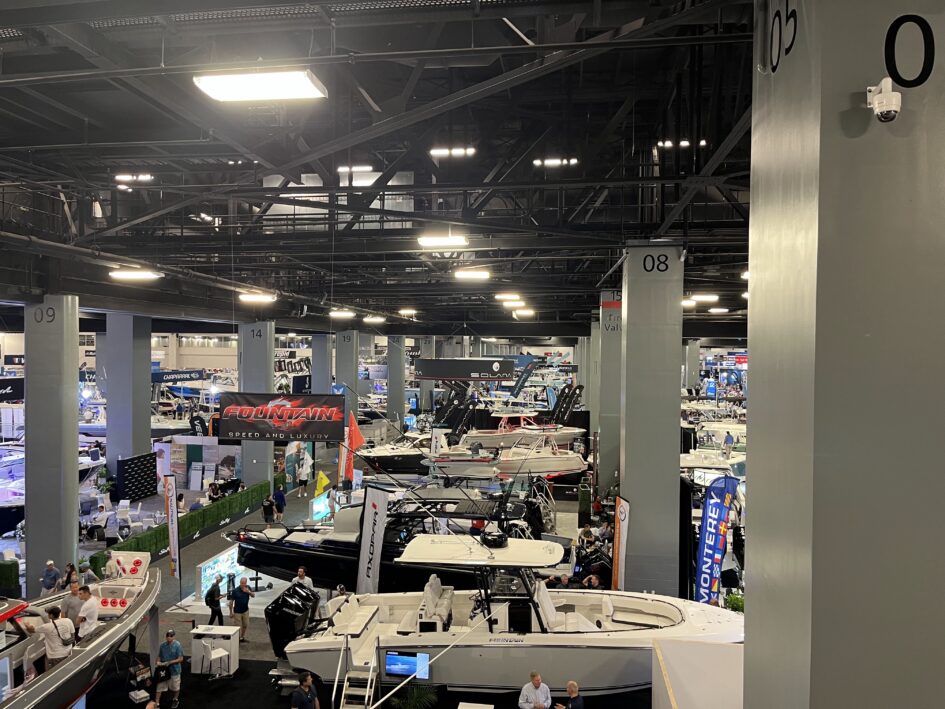
June 15, 2023 at 10:18 pm
Your list is impressive, but don’t forget the fishing poles. Knew someone who sailed/raced from Miami to the Bahamas, storm hit, took out the mast. They were drifting for 30 days, his 1st mate had a pole and couple of lures. He said kept them alive along with the gadget that makes water. 4 other boats sank, lost of life. Granted it was 50 years ago, but still.
June 16, 2023 at 1:08 pm
Well, that’s a happy thought! And I don’t even like fish!